Khartoum Bahri ‘a ghost town’… from El Jeili oil refinery to the Blue Nile ‘Iron Bridge’: a passable but desolate road
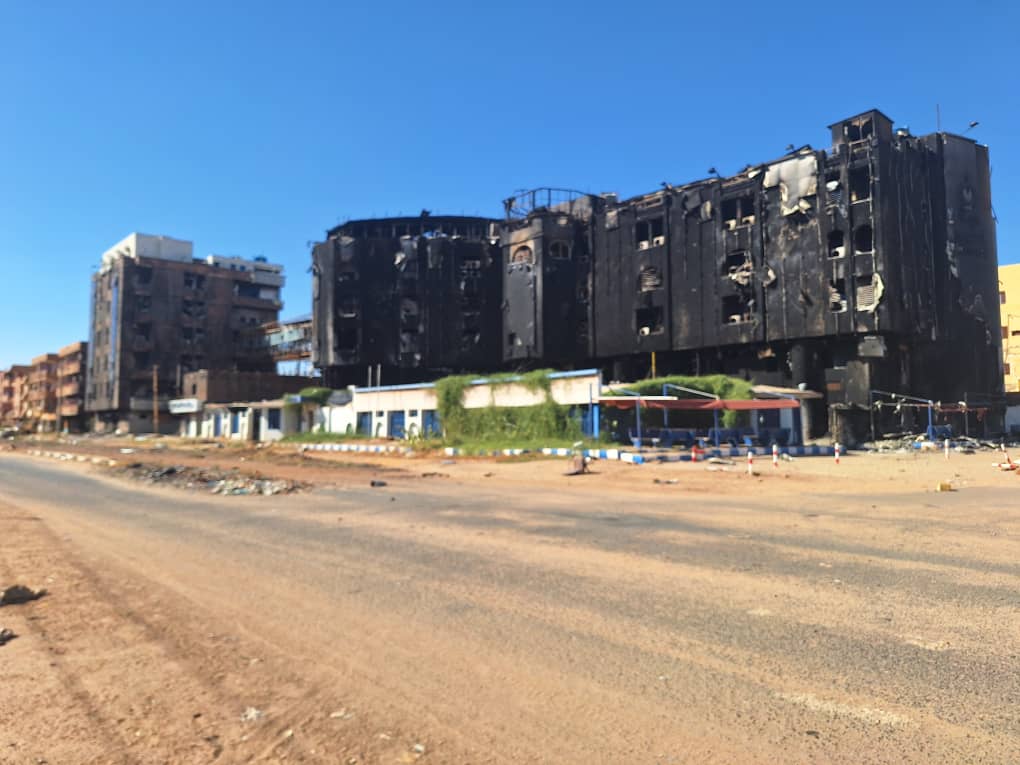
Blue Towers Khartoum Bahri January 2025 (Photo: Sudan Tribune)
Sudan Media Forum: Joint Editorial Room
Source: Sudan Tribune
The war has turned Khartoum North (Bahri) into a ghost town. The army has paved a road between its neighbourhoods, from the far north to the far south, but this road is enough to give an idea of the extent of the desolation and destruction that now looms over it.
The Sudanese army is still dealing with pockets of Rapid Support Forces (RSF) in the old neighbourhoods of Khartoum Bahri to the west, and others in the Kafouri neighbourhood adjacent to the large East Nile locality, where solid RSF concentrations are concentrated.
Between the east and west of Khartoum Bahri, along El Ingaz Street, the army has been making its way since last September, removing the RSF’ bases from the Halfaya Bridge in northwestern Khartoum Bahri, until on January 25 it was able to reach the Signal Corps, in the far south of the city, and from there via the Blue Nile Bridge (“Iron Bridge”) to the army’s General Command headquarters in central Khartoum.
A day later, the army announced the “expulsion” of the RSF and the completion of its control over the Khartoum oil refinery, about 60 kilometres north of Khartoum Bahri, making the road from the far north of the city passable to its south at the Iron Bridge.
The road to the iron bridge
On September 26, the army carried out a crossing operation from North Omdurman to Khartoum Bahri via the Halfaya Bridge, deploying in the Halfaya, Kadaro and Ezirgab neighbourhoods, then expanding late last year to El Doroshab and El Samarab.
In these areas, life has begun to return timidly, despite the electricity and water outages.
In December, the army began to advance south from Halfaya to Shambat, then in January it reached Safya, from where it advanced until it reached the Blue Nile Bridge, popularly known as the “Iron Bridge,” which is one of the oldest bridges in Sudan, having been opened in 1909.
The army avoided advancing through the main roads that cut through Khartoum Bahri from north to south, which include Moor Street, which connects with Sayed Ali El Mirghani Street to the west, El Maouna Street in the middle of the city, and then El Inqaz and El Sina’at roads to the east of the city.
After about one kilometre from the intersection of El Halfaya Bridge Street, the cars turn east, and before reaching El Inqaz Street, they head south via a rough dirt road that appears to have been trodden over the past four months, through which army vehicles advance towards the Signal Corps.
This road allows you to pass through the neighbourhoods of Halfaya, Shambat, Safya, El Mughtaribin, El Mazad and El Khatmiya up close. These neighbourhoods, which range from upscale to popular, were all empty of residents, and soldiers were noticeably present in them.
A Sudan Tribune correspondent observed that all houses and buildings with more than one floor had their doors and windows open, as they were subjected to extensive looting of electrical appliances and furniture for 21 months.
On the internal roads of the neighbourhoods, luggage, furniture, and civilian cars were scattered, either destroyed or without parts, while climbing plants grew densely on the walls, and electricity poles and cables fell as a result of the bombing in some areas that appeared to be RSFbases, especially in Shambat in the southwest.
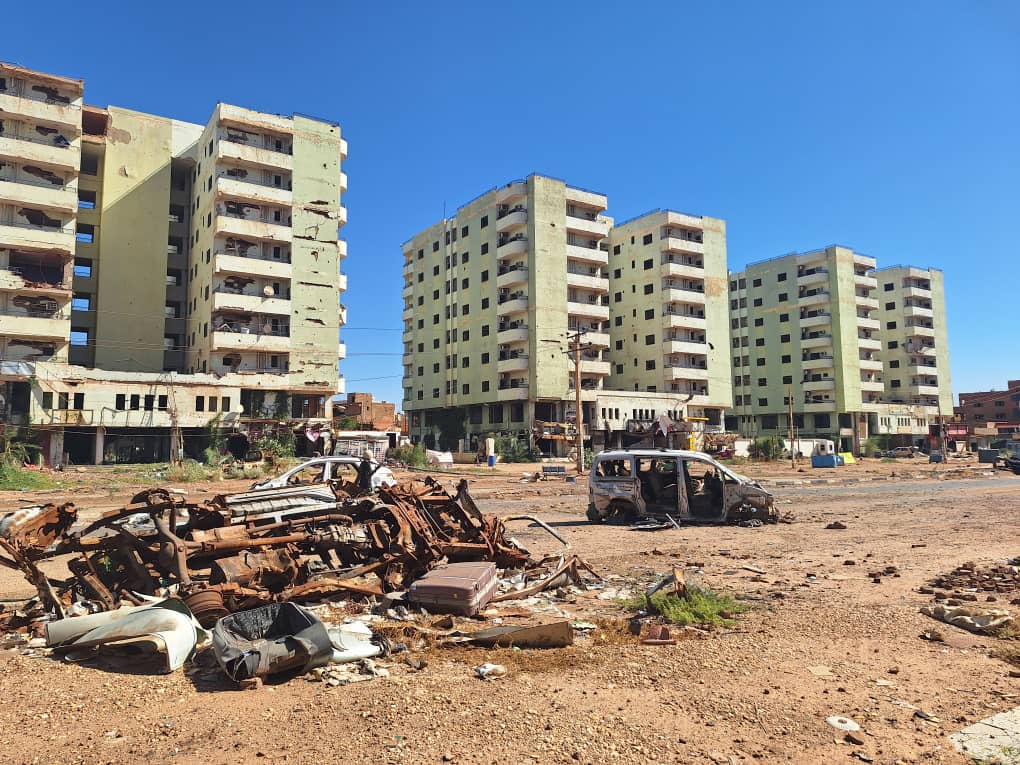
The road to Khartoum refinery
To reach the Khartoum oil refinery, one must head east into the heart of the El Kadaro neighbourhood, where signs of life are still evident. From there, cars take a very rough road through the farms to the north, passing through Abu Halima, which are areas devoid of any traffic or signs of movement.
Before the Kabashi area, cars take the National Challenge Road linking Khartoum and the Nile River states, and the further north they go, the bigger the fire that has been burning at the Khartoum refinery since January 24 becomes.
It is noticeable on the road the traces of ambushes carried out by specialised army teams against cars and trucks of the RSF that were trying to smuggle fuel from the oil refinery to Khartoum Bahri.
These trucks were scattered, burned, on both sides of the road in several areas.
On the way, you can barely see any signs of life in the town of El Jeili and the surrounding villages, such as Sagay, El Tamaniyat and El Niya, even though some residents insist on staying in their villages.
Even in the town of the Khartoum refinery, some families were still there, besieged for nearly two years.
The director of the refinery’s Technical Sector, Hasan Hussein, told Sudan Tribune that the number of workers at the refinery decreased to about 100 workers, compared to about 1,100 workers before the outbreak of the war in mid-April 2023.
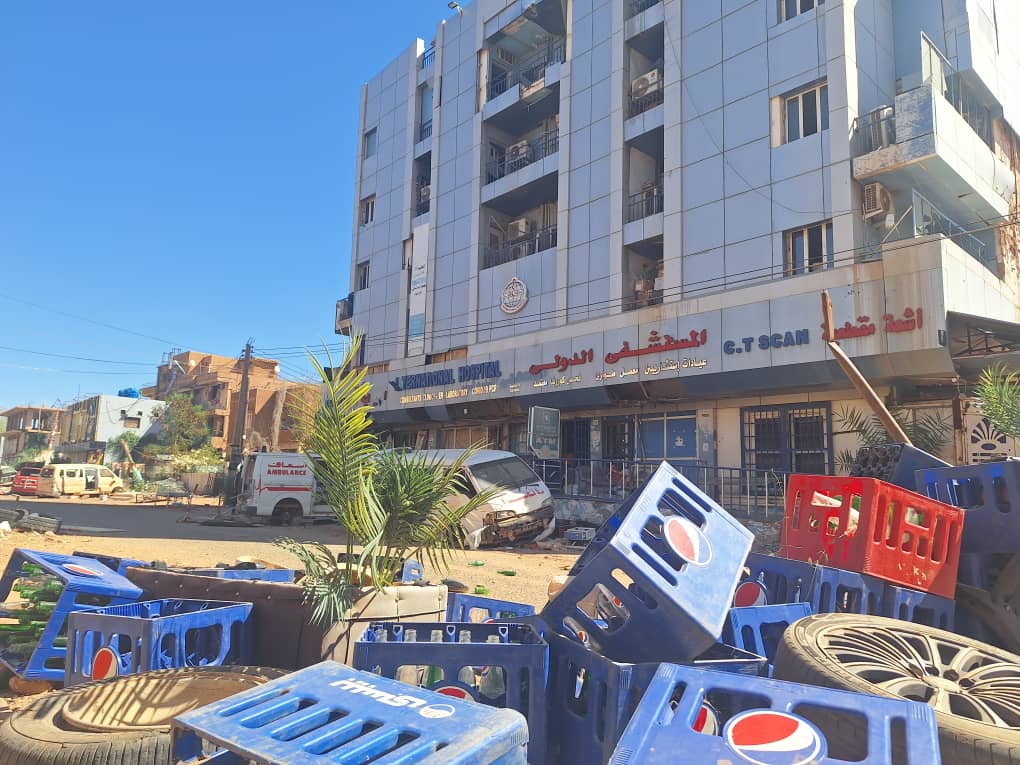
Back to Khartoum Bahri
Khartoum Bahri, which was known as a workers’ city due to the presence of the Bahri Industrial Zone and river transport, was subjected to great destruction, including factories and the Khartoum oil refinery, which were a source of income for many.
The fires also affected the main Khartoum Bahri market and Saad Gishta market, one of the most important clothing and fabric markets in Sudan, since the first month of the war, in addition to the looting and vandalism that affected hundreds of shops along the vital El Maouna Street.
The challenge of restoring water and electricity services stands out as the most important challenge facing the Khartoum State authorities, and is awaited by the residents of Khartoum North/Bahri who fled the war, either as displaced people in safe states within Sudan or as refugees outside the country.
The Khartoum Bahri water station was damaged and stopped working since the first day of the war, while the electricity networks and stations were widely destroyed in all parts of the city.
Khartoum Governor Ahmed Osman Hamza said in press statements regarding Khartoum Bahri that “restoring the features of life after the war is a difficult and costly process.”
The governor pledged to complete the necessary steps for people to return to what he called “the recently liberated and reclaimed areas.”
Returning to a city destroyed by war and emptied of all aspects of life by displacement will be a test of the will of the people of Khartoum North, as some will be hesitant at least for a while, as the escape was quick, but the return of everyone will most likely be slow.
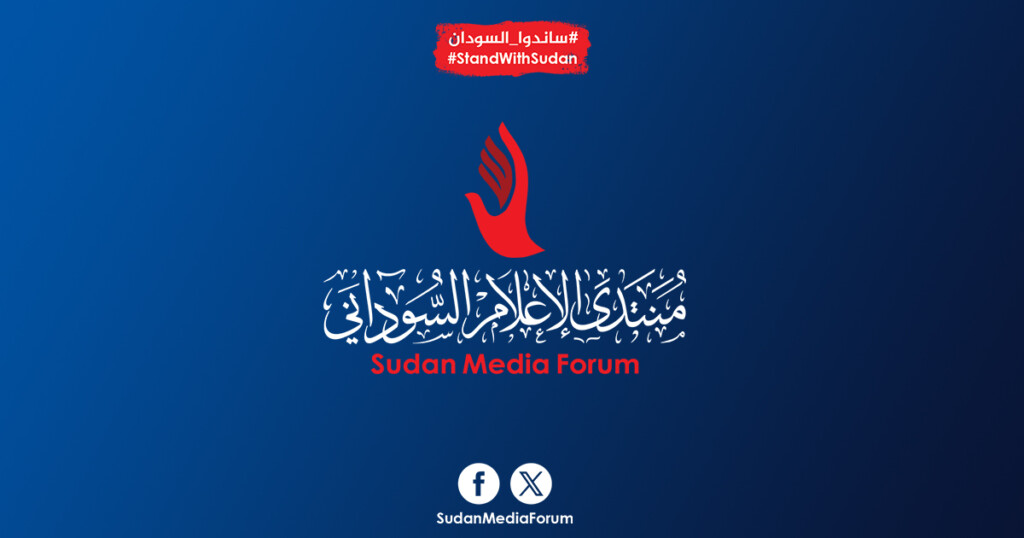
This report is published on the platforms of all media institutions, organisations, and press members of the Sudan Media Forum.
#SilenceKills #الصمت_يقتل #NoTimeToWasteForSudan #الوضع_في_السودان_لايحتمل_التأجيل #StandWithSudan #ساندوا_السودان #SudanMediaForum






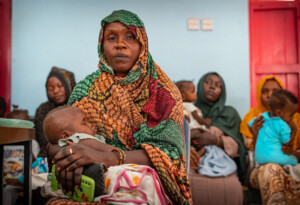
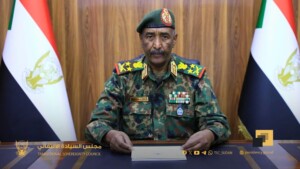
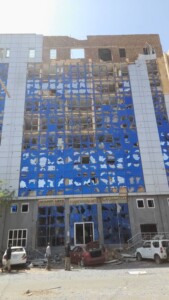
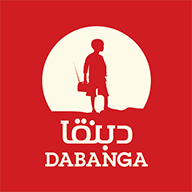
 and then
and then